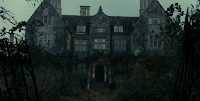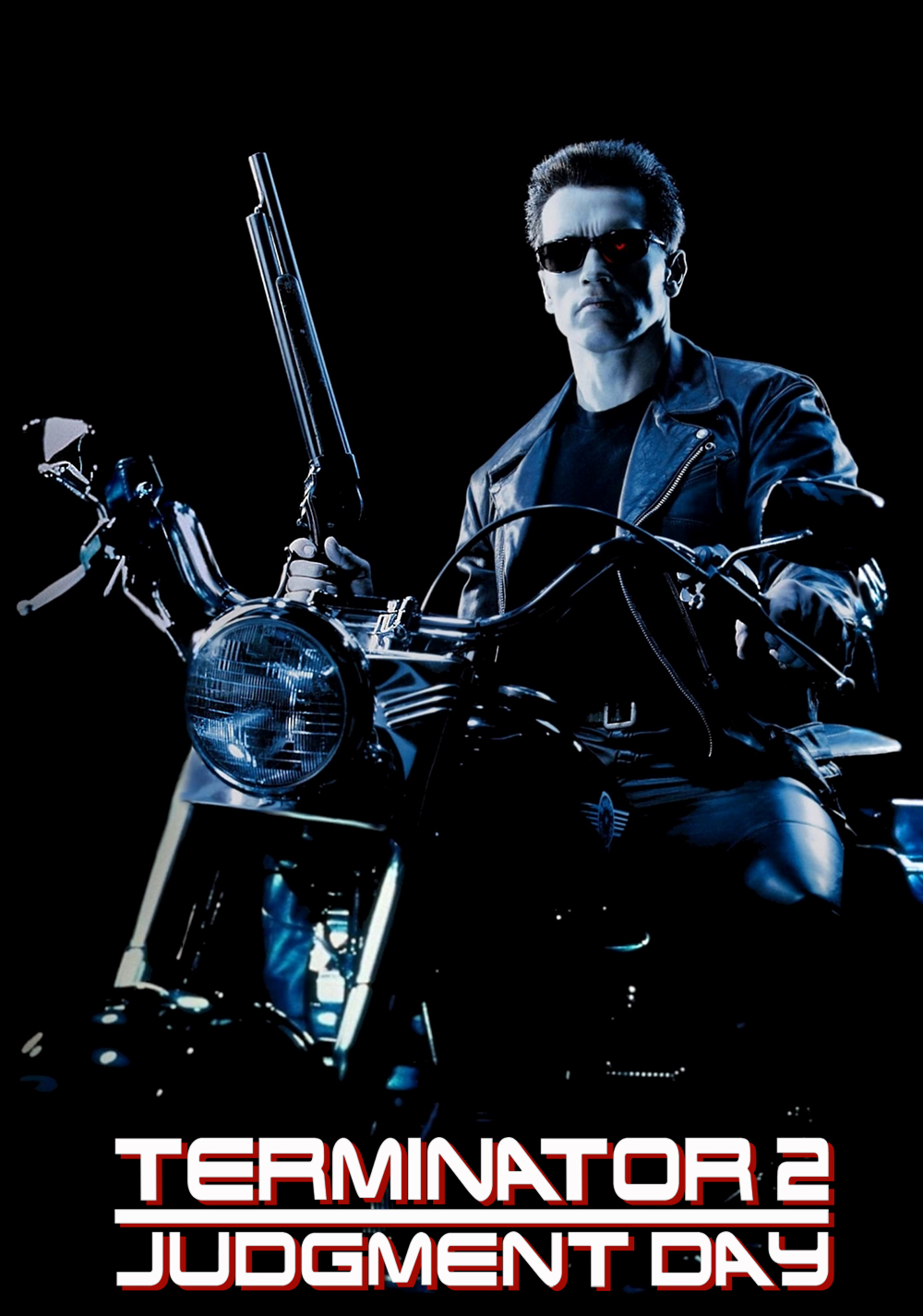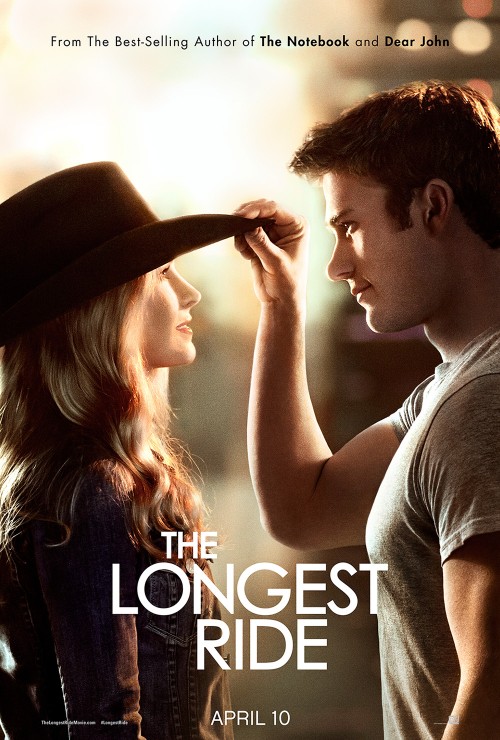
This episode of CSI is about a violent man who breaks into a woman’s apartment whilst she is asleep in bed. She hears the noise of the man in her room, who knocks her unconscious, tortures, sexually assaults and strangles her, then leaves her left on the bed. The CSI team then have to uncover the killer, before he repeats this to his other victims.
The program sets up an enigma code in the opening sequence of the show; this is where the audience begins to wonder what is going to happen later on in the story. This is a major convention of the series as every single episode begins in a similar fashion so it plays with the audiences expectations and lets it participate in the discovery of the killer.
The episode begins with a high angle shot of Las Vegas; this implies that anyone down there could be the next victim. There is a dark mise-en-scene in this shot, and the thunder and lightning are a horror movie convention, having connotations of danger, suggesting to the audience a murder is going to take place – which I something the regular audience will be expecting.
A cut shows a high angle crane shot of an apartment building at night; again, the darkness and thunder and lightning have connotations of danger. Furthermore, the high angle shot implies the victim is inside. The camera then cranes down and tilts so the audience is looking up at the building, which then becomes threatening. If you look closely, you can see the doors are open and there is a man climbing the stairs, this indicates the building isn’t secure and there is something to be afraid of.
Throughout that sequence so far, non-diegetic, discordant sounds are used. These help produce an effectively eerie environment for the story.
Inside the building, there is a long, dark, narrow hallway; this mise-en-scene suggests someone is trapped amongst the darkness. As well this, the shot represents the killer’s point of view and when the camera tracks into the room, the audience see the victim in between the door and frame (confined space) proposing she is trapped. At this point, immediately, she sits up at the sound of a creaking floorboard and it seems as though she is looking at us the camera gives us the killer’s point of view.
When lightning flashes, the colour red seems dominant as it resonates with the audience and it has connotations of blood, violence and danger.
To show her sense of panic, there is a cut to a medium close up of the woman, she is presented as vulnerable due to the fact she is young, attractive, not wearing much clothing and lying in bed; she is, in fact, the stereotypical thriller/horror movie victim.
A cut to her point of view shows she is no longer looking directly at the audience, but it can read what she sees as, from her point of view, she sees nothing and believes nothing is wrong so she settles down and goes back to sleep however, the audience assume something is hiding in the darkness of the wardrobe and the colour red (the lampshade and items of clothing) in the mise-en-scene and the non-diegetic low deep strings on the soundtrack undermine her feeling of relief and let the audience anticipate something bad is going to happen.
There is a medium close up of her on her side that fills the frame, cutting out most of the room, this is used to stop the audience seeing anyone or anything else in the rest if the room, building suspense.
There is another cut as she quickly lifts up from the pillow after the floorboard creaks and we see her point of view again. At first, we see a medium close up of the victim and she looks panicked and afraid. A cut shows her point of view but you see nothing else but the dark room, then lightning flashes and you see the silhouette of the killer. He appears threatening as his clothes are dark and his hood is up. It’s a low angle shot ad it makes him more threatening to the audience. You do not see more than this as the show keeps his identity covered to build suspense and let the audience figure out who the killer is.
There is a cut to a high angle shot of the woman screaming in fear and you notice that the editing is extremely fast and there are lots of cuts, to produce a sense of tension, urgency and fear.
The next cut shows the woman’s point of view: a medium close up of the killer flexing a cable, implying to the audience that this is going to be his weapon. Again, the dark hood has connotations of bad behaviour and his face is covered to maintain the suspense. After this, the iron is pulled off the bench; the force used foreshadows the violence the killer will use.
There is one more cut to a high close shot of the woman as she screams. The camera tracks in to replicate the killer moving closer and it allows us to see how afraid she is. As she moves back, she lies further down on the bed as if to try and hide, and we see her from a higher angle, which makes her appear more weak and vulnerable in comparison to the killer. As she is about to be murdered, the screen fades to black and the next scene begins. This is used as, first, the murder scene is too gruesome to show on television, and, also, to keep suspense and maintain the killer’s identity.
Thought the past few shots, a crescendo of high pitched, discordant sound had been building up to emphasize her screams and bring more excitement and panic for the audience.
In order to attract the attention of the audience, the director and writer has used several techniques. Firstly, cinematography; for example, the woman is filmed from a high angle to make her appear weak. Non-diegetic sound creates impact, such as a crescendo to emphasize the woman’s screams. They have also used typical elements from the horror genre to encourage the audience to anticipate that something is going to happen and this also sets up the enigma code; for example, the apartment building is surrounded by shadows at night and the woman’s bedroom contains the colour red, which has connotations of death and violence.
By Ruby Alderson




















